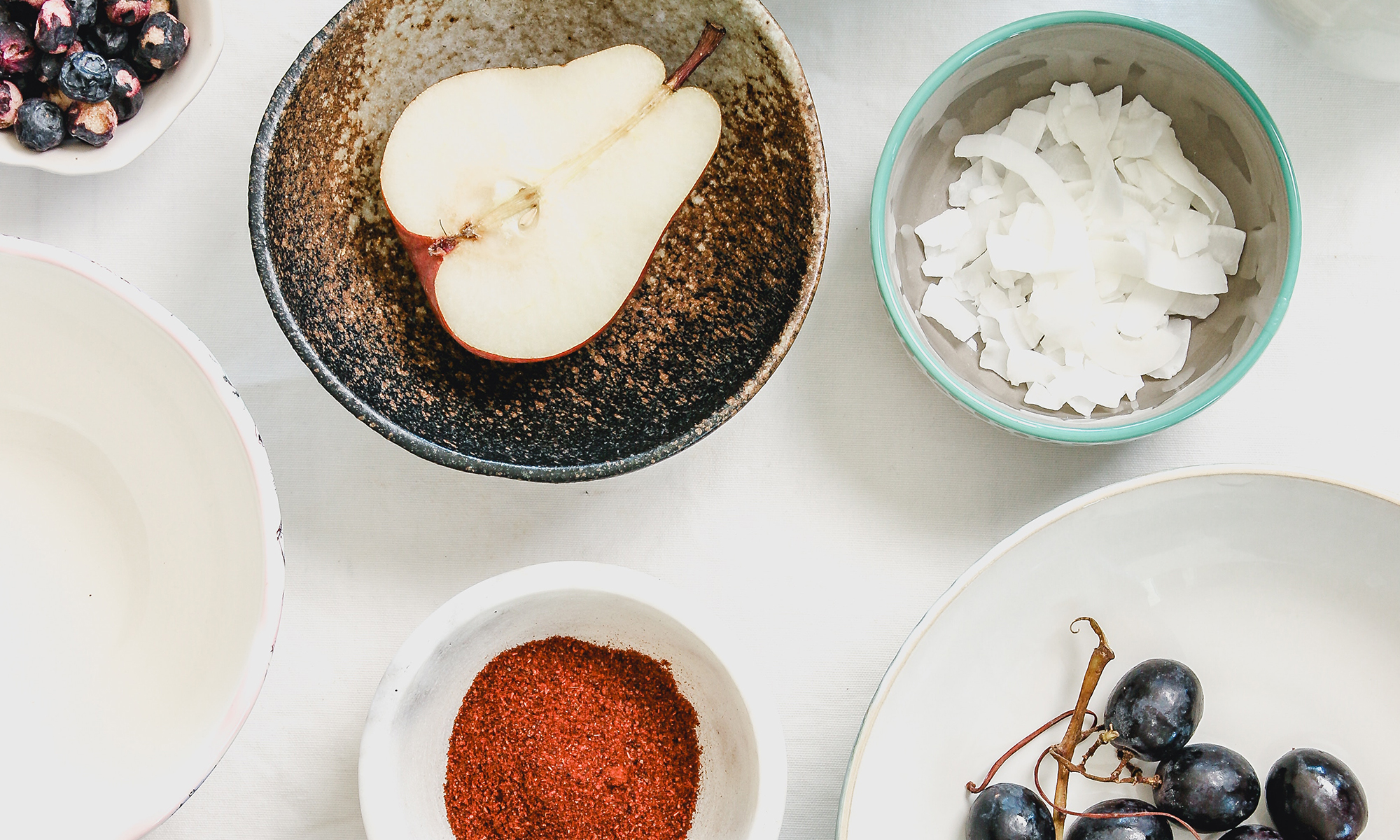Charles Caleb Colton said “Imitation is the sincerest form of flattery.” If you ask me, receiving a call from an old client requesting more work is far better.
And so it happened, last week I received an email from Sauchuk Farm requesting that I create a new cookbook for their 2011 growing season.
Last year, I started ghost-writing cookbooks for farms looking for a new way to connect with their customers. For the CSA farms especially, these cookbooks were especially helpful. Each week the subscribers would receive a boxful of produce – sometimes with familiar items but not always. And often, the customer would get a glut of greens one week or tomatoes another. The cookbooks offered a way for the consumers to learn about the produce they were getting every week, with descriptions of how to handle the food, storage tips and recipes – which proved particularly useful when the customers were up to their eyeballs in Swiss chard.
The second volume for Sauchuk Farm will be a bit more challenging as I’ve used up my larder of recipes for the particularly difficult vegetables. Sure, I can write recipes for tomatoes until the cows come home, but recipes for kohlrabi, kale, Brussels sprouts and chard will be a bit more difficult.
As luck would have it, just after I received the order for new cookbooks, I went out for dinner at Union Bar and Grille and had a wonderful side dish of quinoa and Brussels sprouts.
The next night, I replicated the dish. And then two nights later I made it again, but with bacon. It’s really simple, but very satisfying in a light way.
Quinoa with Roasted Brussels Sprouts
It’s very important to rinse quinoa before cooking as the grains have a bitter reside on them that comes from processing.
½ cup quinoa
½ pound brussels sprouts
2 tbs. olive oil
3 cloves garlic, sliced thin or chopped
½ lemon
Salt and pepper to taste
1. Rinse quinoa under cold water. Put in a small saucepot, and cover with water. Add 1 tsp. salt. Cover the pot and cook over medium heat for 10 minutes, or until quinoa has popped and is cooked through.
2. Cut Brussels sprouts in half and then slice thin.
3. Heat a large skillet over high heat. Add the olive oil, and let heat for 1 minute. Add the garlic and cook for 3 minutes or until aromatic. Add the Brussels sprouts and cook, stirring regularly, until they are bright green and soft. Remove from heat.
4. When quinoa is cooked, drain excess water. Toss with Brussels. Add juice from ½ lemon and season to taste with salt and pepper.









